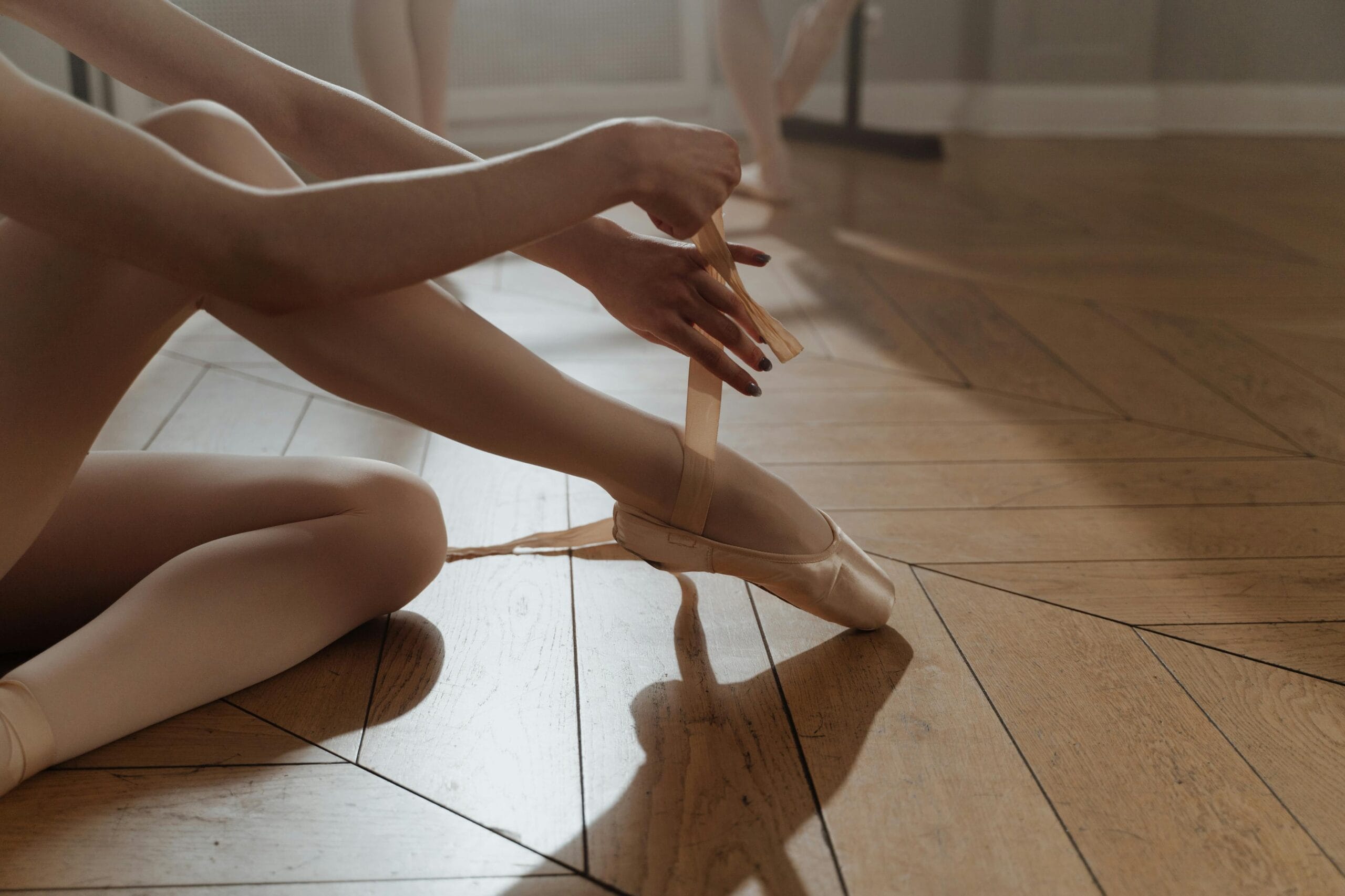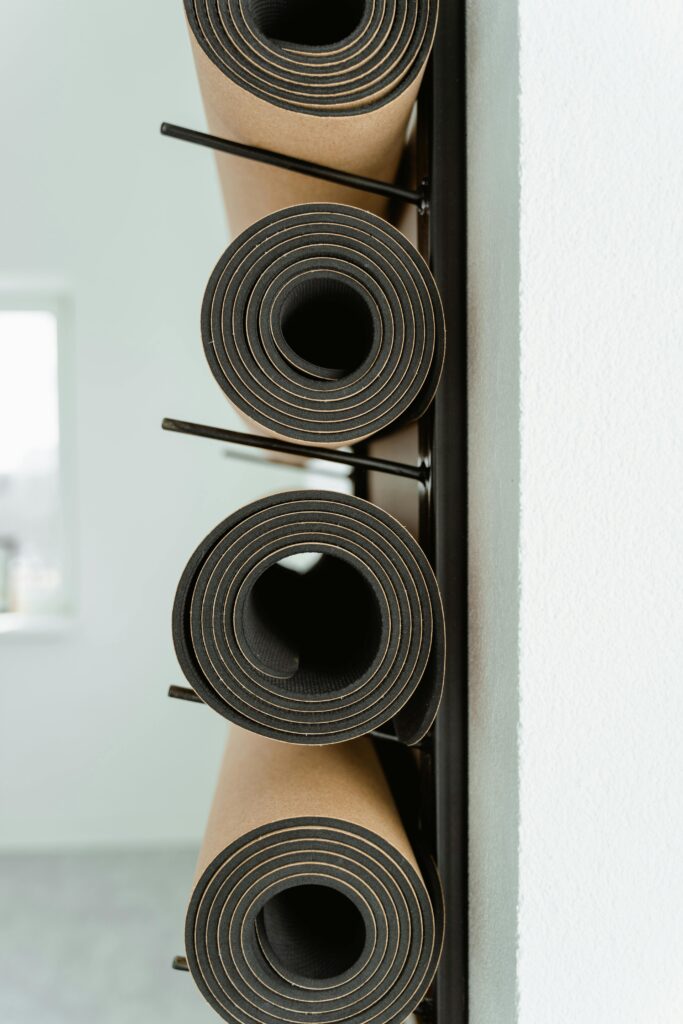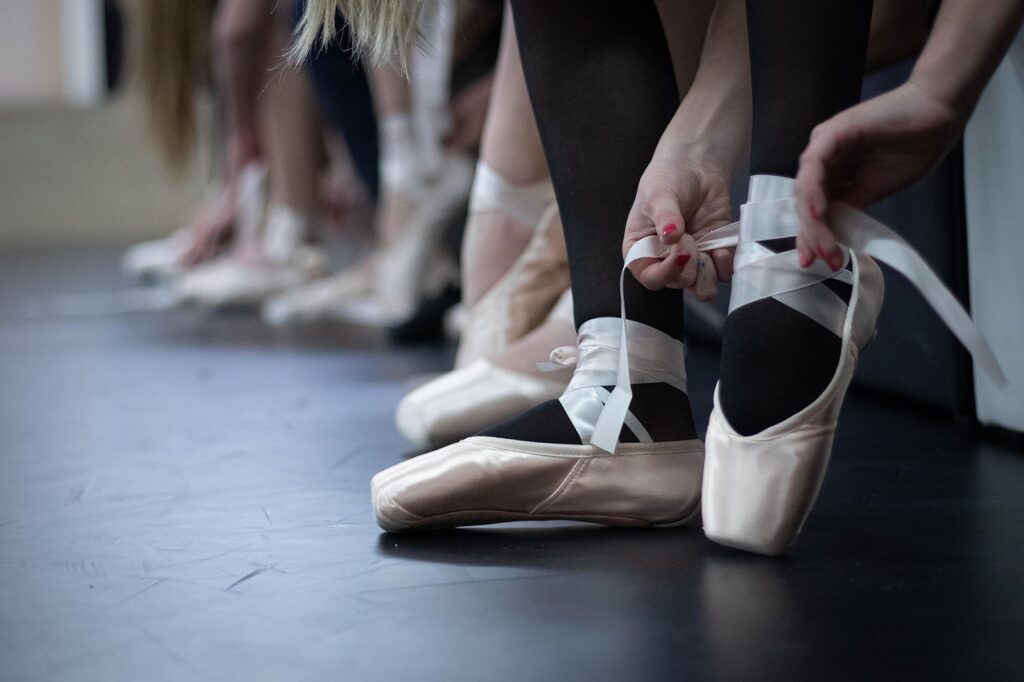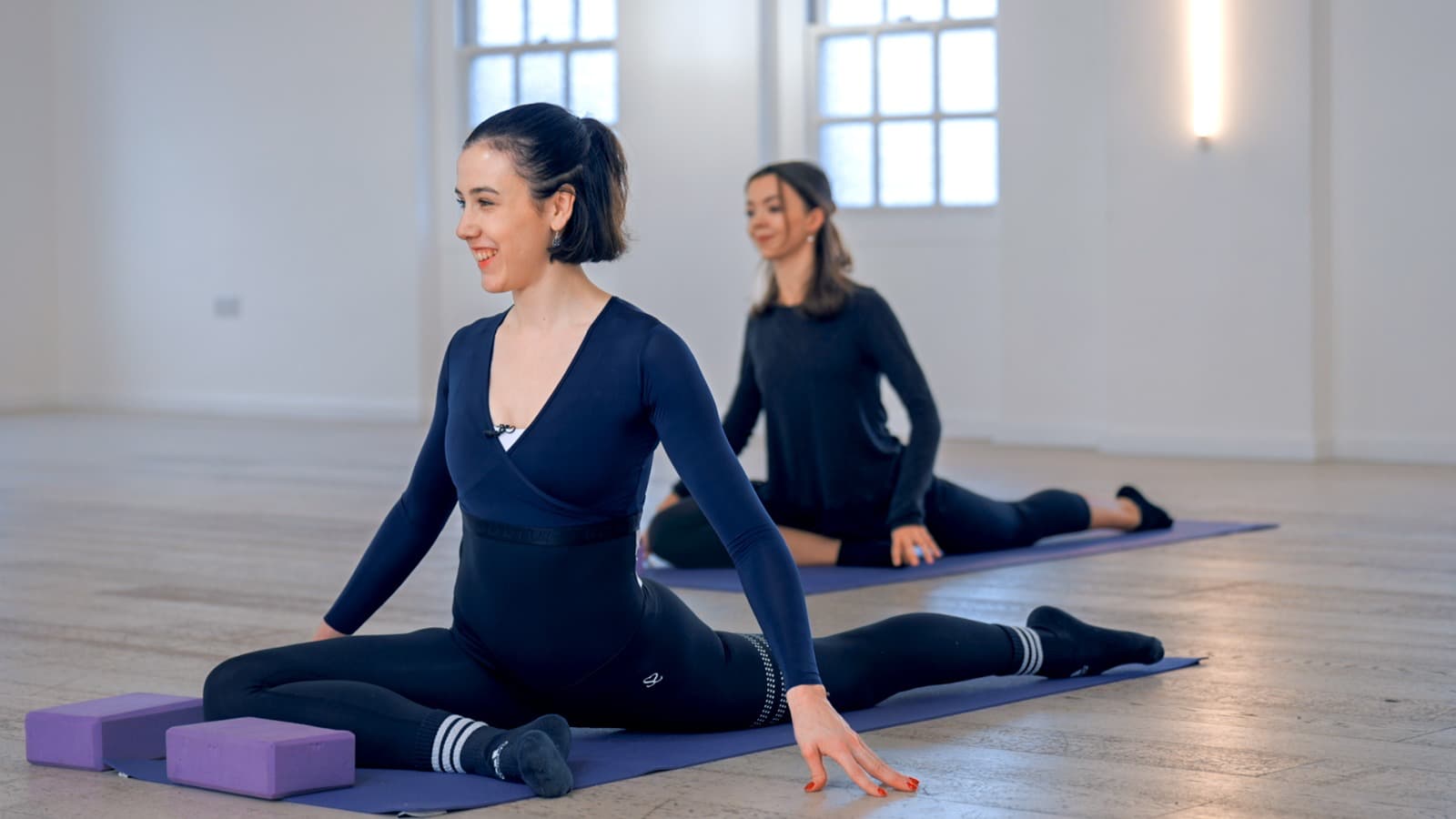In ballet, one of the most anticipated milestones is the transition to pointe work. Dancers dream of that day when they slip on their pointe shoes and rise onto the tips of their toes, achieving the grace and elegance that pointe work represents. However, the journey to pointe is gradual and requires careful preparation, both in technique and foot strength. This often leads to the question: Are demi pointe shoes necessary in the progression to pointe?
In this article, we’ll explore the role of demi pointe shoes, their differences from pointe shoes, and whether they are essential for dancers looking to progress safely and injury-free to pointe work.
What are Demi Pointe Shoes?
Demi pointe shoes, sometimes referred to as pre-pointe shoes, are designed to help dancers build the strength and technique needed for pointe work. They look similar to pointe shoes but lack the hard shank that pointe shoes have, making them softer and more flexible.
Unlike pointe shoes, demi pointe shoes are not intended for standing on the tips of the toes. Instead, they provide a way for dancers to strengthen their feet and ankles, improve their alignment, and practice transitions and weight transfers in a shoe that mimics the fit of a pointe shoe.
Key Features of Demi Pointe Shoes:
- No Hard Shank: Demi pointe shoes do not have the hard shank that pointe shoes possess, making them more flexible.
- Softer Structure: The construction of demi pointe shoes offers less resistance, allowing dancers to build foot strength gradually.
- Similar Fit to Pointe Shoes: They fit like pointe shoes, giving dancers a feel for the tighter fit and structure they will eventually encounter.
Differences Between Demi Pointe and Pointe Shoes
To understand whether demi pointe shoes are necessary, it’s essential to know how they differ from pointe shoes. Let’s break down the key differences between these two types of ballet shoes:
1. Structure and Materials
- Pointe Shoes:
Pointe shoes have a rigid box at the front, made of layers of fabric, glue, and sometimes plastic, which allows dancers to rise onto their toes. They also feature a hard shank that provides support to the arch of the foot, helping dancers maintain the necessary strength and balance when performing on pointe. - Demi Pointe Shoes:
Demi pointe shoes, in contrast, have a softer box and no hard shank. This construction allows the shoe to provide a snug fit without the rigid support needed for pointe work. The absence of a hard shank means that dancers cannot rise onto their toes while wearing demi pointe shoes.
2. Purpose and Usage in Training
- Pointe Shoes:
Pointe shoes are designed for advanced dancers who have developed the necessary strength and technique. They enable dancers to perform pointe work, which involves balancing and executing movements on the very tips of the toes. - Demi Pointe Shoes:
Demi pointe shoes serve as a preparatory step for pointe work. They help dancers build the muscles needed for pointe, improve foot flexibility, and familiarise themselves with the fit of pointe shoes. Demi pointe shoes are often introduced to dancers who are not yet ready for the demands of pointe but are progressing towards it.
3. How Each Shoe Supports the Dancer’s Feet and Technique
- Pointe Shoes:
The hard shank in pointe shoes offers essential support to the arch, helping dancers maintain stability on pointe. The rigid box protects the toes and distributes the dancer’s weight evenly, allowing for safe and controlled movements. - Demi Pointe Shoes:
Without the hard shank, demi pointe shoes encourage dancers to strengthen their arches and practice proper weight transfer and balance. They provide a way to refine technique and alignment without the intense pressure that pointe shoes impose on the feet.
Are Demi Pointe Shoes Necessary?
The necessity of demi pointe shoes is a subject of debate among dancers and instructors. While not every dancer uses demi pointe shoes, they can be beneficial, especially for beginners or those working towards stronger feet and proper technique.
- Expert Opinions: Many instructors recommend demi pointe shoes for younger or less experienced dancers who are not yet ready for pointe work. Demi pointe shoes help build strength gradually and familiarise dancers with the feel of a tighter, more structured shoe.
However, some teachers believe that strong technique and sufficient foot and ankle strength can be achieved without demi pointe shoes, provided that dancers follow a comprehensive training regimen that includes foot strengthening exercises and proper technique work.
- General Recommendations: For beginners or dancers who are still working on foundational technique, demi pointe shoes can be a helpful training tool. They allow dancers to gain the necessary strength and experience without the risks associated with going on pointe prematurely.
Can You Go on Pointe in Demi Pointe Shoes?
The simple answer is no. Demi pointe shoes are not designed for actual pointe work. They lack the structural support needed to safely balance on the tips of the toes. Attempting to go on pointe in demi pointe shoes can result in injury to the toes, feet, and ankles.
Once a dancer has developed the required strength and technique through their training and has been approved by their teacher, they should transition to properly fitted pointe shoes. Pointe shoes are specifically designed to support the body’s weight on the tips of the toes, ensuring that dancers can perform pointe movements safely and effectively.
Demi pointe shoes serve as a valuable tool in preparing dancers for pointe work. They help build foot strength, improve alignment, and introduce dancers to the fit and feel of pointe shoes. However, they are not an absolute necessity for every dancer, and the decision to use them should be guided by an instructor’s assessment of the dancer’s strength and readiness.
Key Takeaways:
- Demi pointe shoes are softer than pointe shoes and do not have a hard shank, making them unsuitable for actual pointe work.
- These shoes can help build strength and improve technique, making them a helpful training tool for beginners and those progressing towards pointe.
- Not every dancer needs demi pointe shoes, but they can be beneficial for developing foundational strength and alignment.
- Proper pointe shoes should be worn when a dancer is ready to perform on pointe, as they provide the necessary support and structure.
If you’re preparing to progress to pointe work, focus on mastering foundational technique and strengthening your feet and legs. Ballet With Isabella offers several online courses to help ballet dancers build the strength and technique needed for pointe work, such as the Amazing Feet Course and the Foot & Ankle Injury Prevention Course.
For those ready to take the next step, explore our pointe courses to get started on your pointe journey with confidence:
- Amazing Feet Course: Build foundational strength and flexibility in your feet.
- Foot & Ankle Injury Prevention Course: Strengthen and protect your feet and ankles before pointe work.
- Beginner Pointe Course: Start your pointe journey safely with step-by-step guidance. Explore the Course
By focusing on the right training and preparation, you can achieve your dream of going on pointe safely and confidently. Try out our ballet courses led by Isabella McGuire Mayes for yourself on our 14 day FREE trial!




